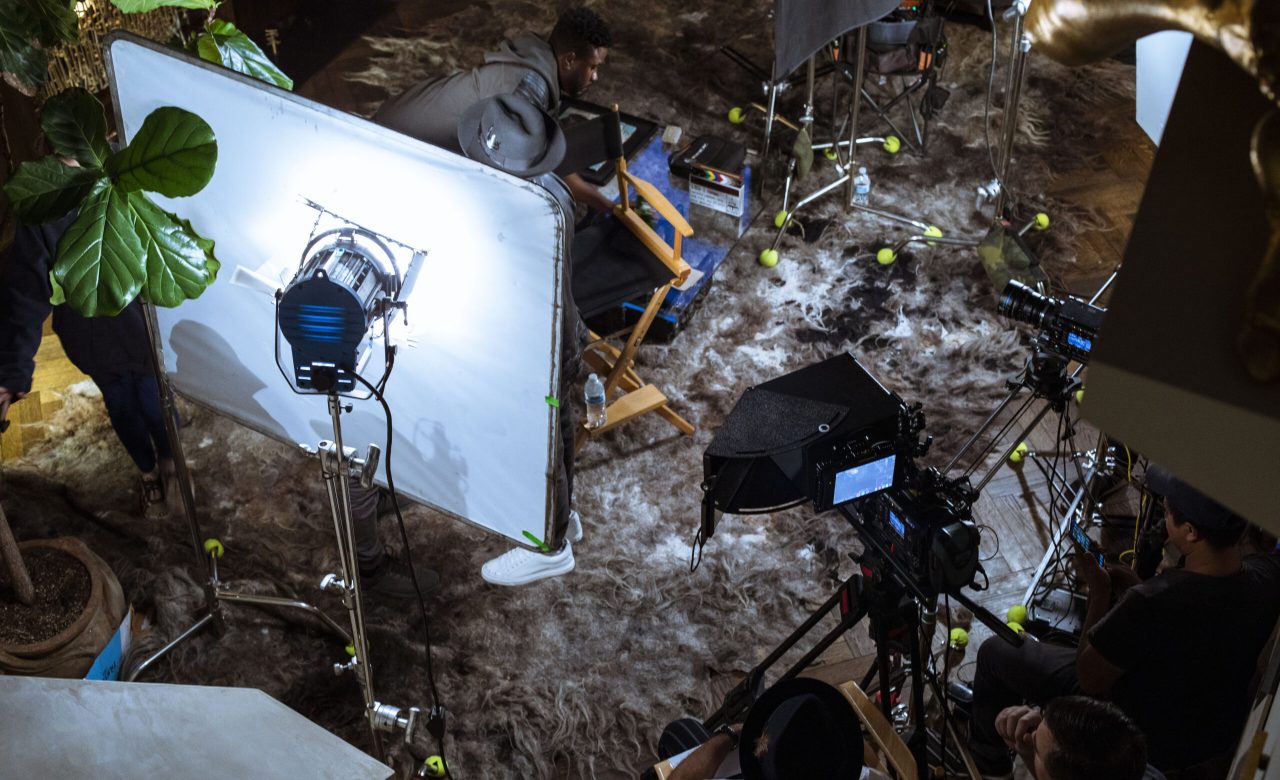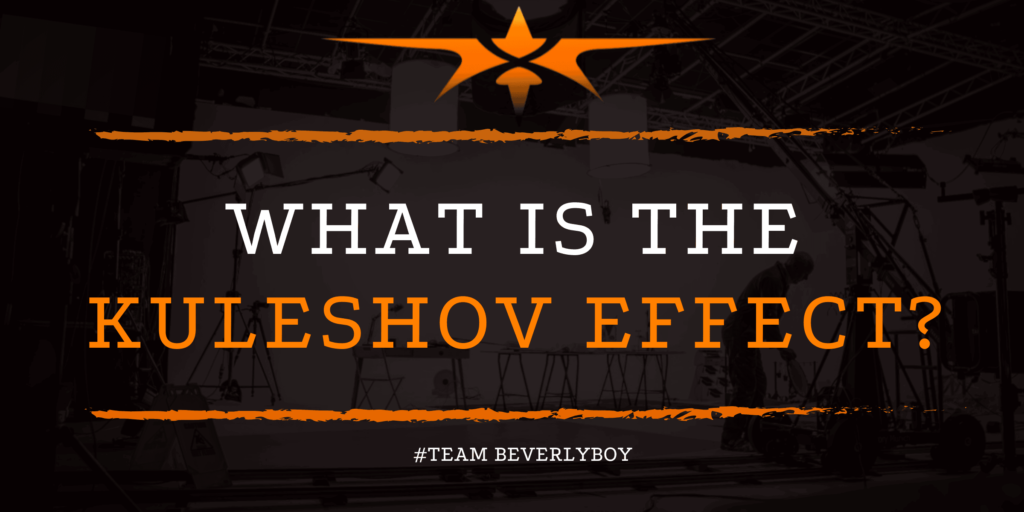What is the Kuleshov Effect?
The Kuleshov effect is commonly referred to in editing and filmmaking. But as an aspiring filmmaker who’s just starting out if you were to hear the term “Kuleshov effect,” you probably would find yourself wondering, “What is the Kuleshov effect?” And what does this even mean? It’s perfectly okay to have questions about the various terminology and lingo that is used in filmmaking. Not only is there a lot to learn. But there are many terms that are used in connection with the history of filmmaking and eras of times past. That can be tough to fully grasp when you’re just getting started.

Filmmaking is a visual art that has been around for about 100 years and continues to evolve and grow as it changes with the times.
Many of the techniques that are used in filmmaking today have roots in the past. In fact, many techniques that are used today in filmmaking and editing are based on something called the Kuleshov effect.
What is the Kuleshov Effect?
The Kuleshov effect is a term that is named after Lev Kuleshov. A Russian filmmaker that was also a film theorist from the early 1900s. In 1910, Lev Kuleshov asked filmmakers, “What made cinema a distinct art, separate from photography, literature or theatre?”
This question became the basis for developing distinctions between various forms of artistic mediums including filmmaking, literature, theater, and photography.
Kuleshov distinctly replied, that art is defined by the elements and items used to create it. As well as by the organization of the materials used to create it.
So what does all of this mean? And how did this simple question or theory become to be known 100 years later still, as the Kuleshov effect?
A Trick of the Mind
The Kuleshov effect represents a cognitive event taking place within the brain when viewers see two sequential shots that interact with one another rather than seeing a single, isolated shot.
It states that your audience will derive more meaning from these shots that are sequentially strung together than they will from a single, isolated shot.
Thus, Kuleshov proved that film is simply the juxtaposition of two (or more) shots, sewn together, to elicit an emotion from the audience. The shots can be used to manipulate mot only space and time but also the audience’s reaction to them, too.
How Does the Kuleshov Effect Impact Film Today?

Because this one justification by Kuleshov that proved film was an art that consisted of the stringing of two or more shots together to create emotions.
Filmmakers soon became focused on all the different ways that they could string two or more shots in order to elicit anything they wanted the audience to feel.
The Kuleshov effect would quickly be used in everything that filmmakers did. As they focused heavily on editing shots to elicit the desired audience response.
Modern Day Applications
Today, the Kuleshov effect comes into play in so many different ways. Editing techniques that began way back in the 1910s would continue to evolve and grow.
Soon filmmakers would be using different camera angles to elicit different responses from the audience and to complement the editing that they were already performing in order to tell their stories.
Anything but Simple
The Kuleshov effect, although certainly a very simplistic explanation, was anything but simple at the time. Today, the Kuleshov effect can still inspire editing, screenwriting, directing and really any kind of film production as it is performed.
Think about how two shots, any two shots, can be used to elicit the response of your audience. We’ve seen the Kuleshov effect used to evoke a sense of sadness, inspiration, and even to trick the audience.
Whether you’re going from shot to shot to make the audience feel awkward, tense, or otherwise on edge is totally up to you — but the Kuleshov effect, although an old effect that has roots in the beginning of the 1900s continues to find its way into movies and films today.


